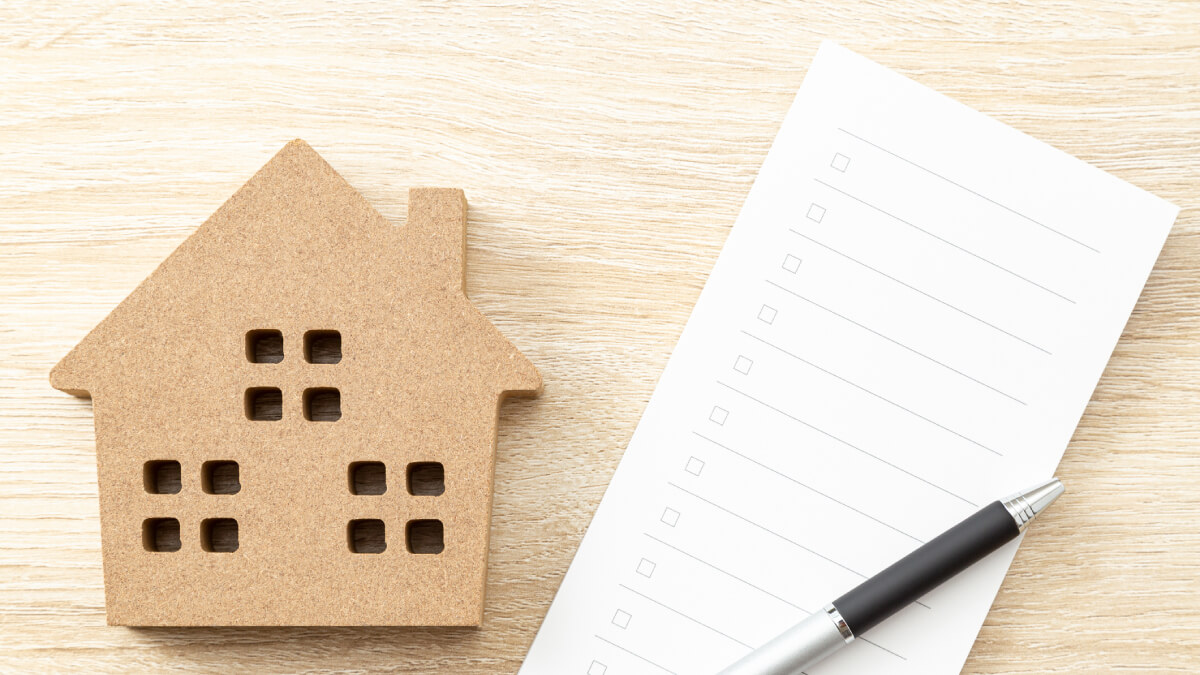
Your HVAC Maintenance Checklist for Fall
As the leaves begin to fall and the cooler weather sets in, it’s an ideal opportunity to prepare your HVAC system for the colder months. Regularly scheduled fall HVAC maintenance prevents premature system failure and keeps your home ready for the cold. Here are a few quick tips to keep your furnace in top shape this year.
1. Keep up with Professional HVAC Inspections
Few things are more important to maximize furnace efficiency than routine maintenance. While it’s possible to handle some simpler fall HVAC maintenance tasks yourself, a certified technician can perform comprehensive service, clean key components and other necessary tasks. Industry experts recommend professional AC maintenance every spring and furnace maintenance at the start of fall.
Regularly scheduled HVAC maintenance helps limit energy waste and ensures smooth day-to-day operation. The ability to look out for minor problems before they cause trouble also minimizes the chances you’d need an emergency service call.
General HVAC Safety
1. Clear Your Furnace Room
Your furnace needs ample room around where it’s installed to avoid the risk of problems. Refrain from keeping any storage within 10 to 15 feet of the unit. If your utility closet is too small, keep it empty apart from the HVAC equipment. Keep items like paint, cleaning supplies and aerosol sprays separate from your furnace.
2. Take Other Steps to Prevent Heating-Related Fires
The gas furnace is a leading cause of home fires. Remember these tips to minimize the risk as much as possible:
- Should you notice weird noises or smells from your furnace, shut it off and call an HVAC professional.
- Make sure flammable items maintain at least a three-foot distance from heating equipment, especially space heaters, fireplaces, furnaces and water heaters.
- Don’t leave space heaters running without supervision.
- In the same vein, don’t plug space heaters into extension cords.
3. Test Smoke Alarms and Carbon Monoxide Detectors
These vital safety devices alert your family of hazards like a fire or carbon monoxide poisoning. Conduct monthly tests to ensure they’re working correctly, and replace the batteries annually. Only take them out if you’re intending to switch them out right away.
Confirm That the Air Vents Have Been Cleaned and Sealed
1. Examine the Furnace Flue
An obstructed flue pipe can cause dangerous backdrafting, which increases the risk of carbon monoxide exposure. Before running your furnace this fall, examine the flue outside to ensure it’s clear of obstructions. If the flue is obstructed, call a professional for help.
2. Clean and Inspect the Air Vents
Every now and then, set aside a few minutes to check all the air vents in your home. For any registers covered in dust, grab your vacuum’s brush attachment to clear it off. Make sure that no return or supply vents are obscured by furniture, rugs or curtains to ensure proper air circulation.
Closing vents when you leave the room might sound like an effective way to lower HVAC bills, but it can also cause uneven air distribution, increasing the strain on your system and counterproductively RAISING your energy costs. Make sure 80% or more of the vent registers are open to maintain efficient airflow.
3. Fix Leaky Air Ducts
Leaky air ducts waste energy, leading to higher energy costs. Surprisingly, duct tape is not the best solution for sealing up air ducts. For the best results, call an Expert to properly seal your ductwork. The investment will cut energy bills, make your home more comfortable and even increase air quality.
Wrap up DIY Items on Your Maintenance Checklist
1. Swap Out Your HVAC Air Filter Every So Often
All your basic HVAC air filters trap dust, allergens, hair and other large particles, protecting your heating and cooling. New filters better maintain indoor air quality by trapping microscopic pollutants. As time passes, the air filter will clog up, which restricts airflow and forces your furnace to work harder. To help put a stop to this, replace the filter every one to three months.
2. Optimize Your Thermostat Settings
With the weather cooling off soon, now’s the time to change your thermostat from cooling to heating mode. Making thermostat adjustments for energy efficiency limits energy waste and helps make your home comfortable. Here are a few tips:
- Refrain from overriding pre-set temperatures. Instead, layer up with a sweater or blanket if you feel chilly.
- Should you still need to adjust the temperature, do so one degree at a time. Setting it as high as possible won’t warm your home any faster.
- Set your thermostat to 70 degrees or less at home.
- Further lower the temperature to around 62 degrees whenever you’re not home or overnight. A programmable thermostat can manage these day-to-day adjustments for you.
3. Consider Upgrading the Old HVAC System
If your furnace has been in use for more than a decade, it could be as low as 60% as efficient and nearing the end of its life span. Rather than letting it reach total system failure, start planning for a new system. A new, high-efficiency furnace is up to 97% efficient when converting fuel to heat, providing improved energy efficiency and peace of mind for the winter months ahead.
Avoid a Heating Headache and Contact Environmental Systems Associates today
If you need help completing the items on this fall HVAC maintenance checklist, Environmental Systems Associates gets the job done right. We offer fast, long-lasting solutions for all your heating and cooling needs. To book your furnace tune-up, please contact us today.

